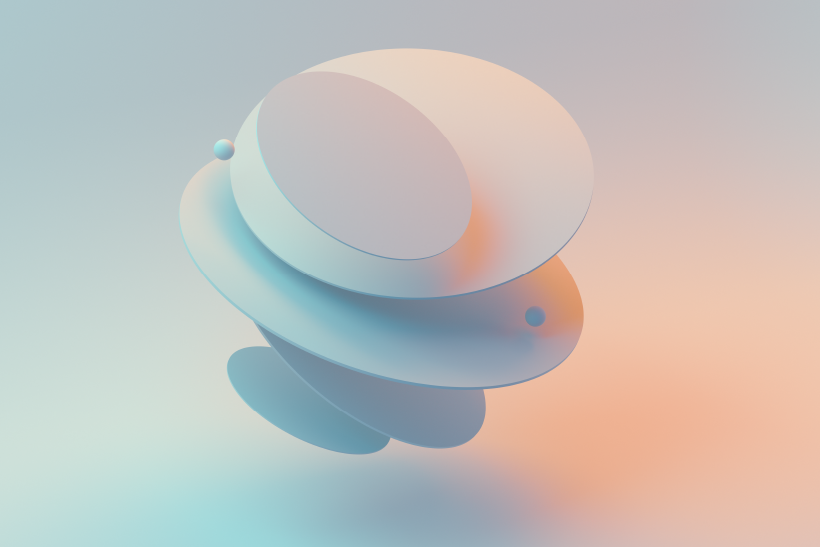
Drupal Technical
| 1
min read
Drupal core itself has language support handling in at multiple levels. But If you need multilingual support on your site, locale module provides a user interface on top of basic language configuration.In this article I am going to explain how to add language support in a drupal 7 site.
The steps to be followed are:

Drupal Technical
| 3
min read
'Feeds' helps us to keep track of contents in another websites. In Dupal, we have 'feeds' module for this purpose.Through this article, we will be helping you to find out how you could create a custom feed using views in a drupal 7 site.
Follow the below steps . Please note, you will have to enable the 'Views' module before padding up.
Step1: Create a New View
Goto Administer > Site building > Views > Add. Create a view name called "custom_feed" with description and the View type as "Node" and press Next button.

Drupal Technical
| 2
min read
When we install a fresh copy of drupal, we can see that on the top bar icon, there is an image of drupal. This image is known as 'favorite icon' of a site. This is a default image which is provided by drupal. You may replace this with your custom image. If you want to know how you could change the favorite icon, please read on.
To upload our custom favicon, follow the below steps.
Step 1: Log into your Drupal 7 Admin panel. Using the top menu area, click on the Appearance option. This will show up the themes page where it lists all themes installed within Drupal 7.

Drupal Technical
| 3
min read
Drupal 7's version of Organic group is totally rewritten by taking the advantage of many new Drupal 7 features, especially entity and field APIs. One of the major difference between drupal OG-6 and OG-7 is the expansion of the concept of what a 'group' is. In Drupal 7, any type of entity can be a group and any type of entity can belong to a group. The organic groups module allows us to create a working group where a number of people can create content which is non-public and it is visible to group members only.

Drupal Technical
| 2
min read
Hierarchical select module helps us to display taxonomies, menu etc in a hierarchical form. It is easy to create a hierarchical form field as a content type's field. But have you tried implementing this in a custom drupal form?. Read on to know how to achieve the same.

Technical Solution
| 2
min read
cURL is a very powerfull system which allows us to transfer data across a wide variety of protocols. cURL is commonly used to send data across websites which includes API interaction. Using a cURL request, we can do the basic HTTP request, the more complex FTP upload or interaction with an authentication enclosed HTTPS site. In this section we will go through how cURL is intialized, how to send cURL request and close the requests.

Drupal Technical
| 3
min read
It is very easy to create a content type through admin section of Drupal. But have you tried doing it programmatically? This article will explain to you how to do this in a very simple way. Even though fields can also be added to the content type programmatically, this section only covers the creation of content type.
Let us pretend we have the following lists with us:

Technical Solution
| 2
min read
By default, all HTTP requests made out by cURL are GET requests. It simply fetches the URL and doesn't submit any POST variables. However, if we need to fetch and retrieve URL by the POST method with cURL, you will need the snippet below:

Drupal Technical
| 2
min read
Drupal modules can be defined as a collective set of functions that can be used to create certain features. There are two sets of Drupal modules - 'Contributed modules' and 'custom modules'. Contributed modules are modules that are contributed by Drupal users for general use whereas modules which we create to achieve certain functions are called 'custom' modules. If you want to know how to create a module on your own in Drupal 7, you may read on.

